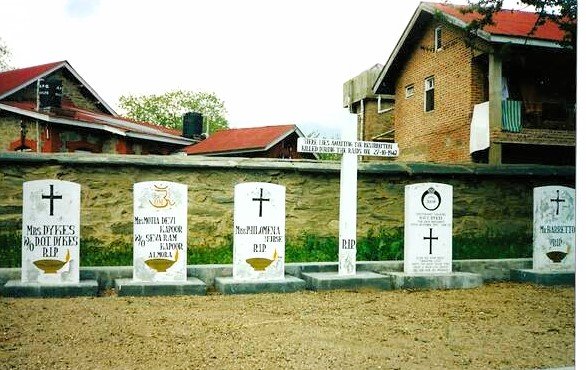(Kashmir Rechords Exclusive)
When the tribal raiders from Pakistan entered Kashmir in October 1947, the Valley was plunged into chaos. But nowhere was the suffering more concentrated, more haunting, than in Baramulla. For thirteen harrowing days, this serene town at the gateway to the Valley lived through what survivors would later call “thirteen years of hell.”
The invaders—armed tribesmen backed by Pakistan—descended upon Baramulla with a fury that spared no one. The town was looted, torched, and left soaked in blood. Hindu, Muslim, Sikh, or Christian—it made little difference to the marauders. Eminent lawyer and author K.L. Gauba, in his book Inside Pakistan (1948), recorded that “the raiders made little distinction between their victims.”
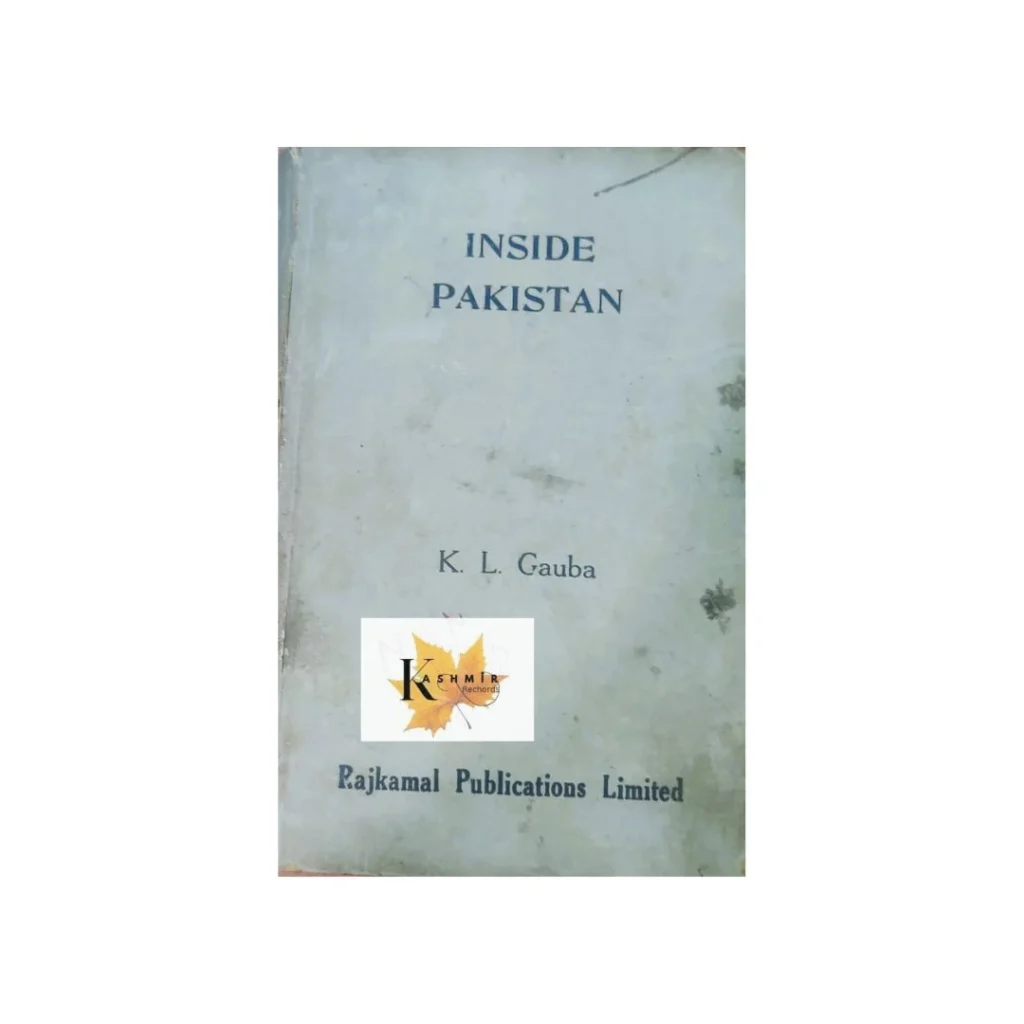
A Town Drenched in Blood
Gauba estimated that over a thousand people were killed in Baramulla alone. Among the slain were Lt. Col. and Mrs. Dykes, four Sisters of Mercy, and a Mother Superior from the Convent of St. Joseph’s. The Dykes’ infant child, Gauba writes with chilling simplicity, “was thrown down a well.”
Even the sacred walls of the mission hospital and convent offered no sanctuary. Captured tribesmen later confessed that the Europeans were killed on the very day the raiders stormed the town. The hospital and post office were destroyed, hostages taken, and every semblance of order obliterated.
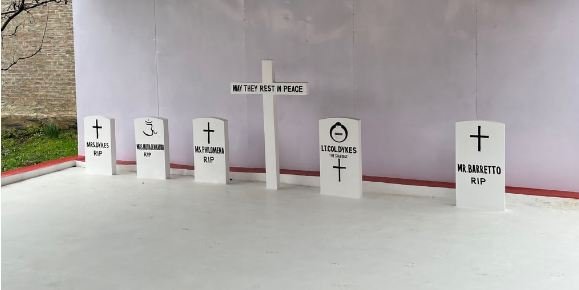
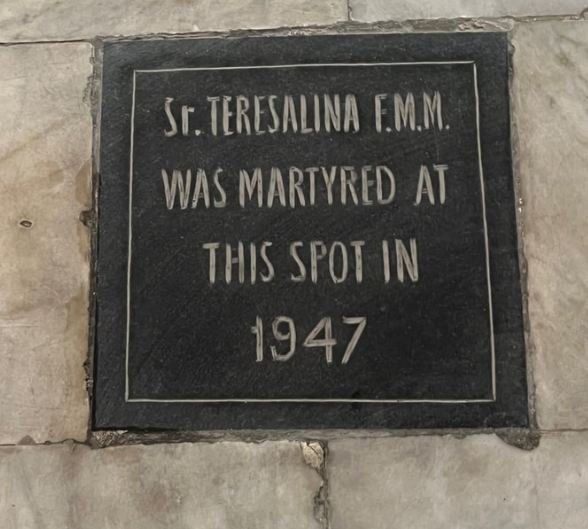
The Loot That Never Ended
The assault on Baramulla was led by Major Khurshid Anwar, with Major Mohammed Aslam among his subordinates. Their force, numbering between 3,000 and 5,000, operated in waves—some coming, others leaving—each group looting anew. “The same sections of the town were plundered repeatedly,” Gauba noted.
When the raiders finally fled, nearly a hundred lorries—many bearing license plates from Pakistan’s Frontier Province and Punjab—stood lined up, laden with stolen goods. “There was not a grain of rice or a yard of cloth left,” Gauba lamented.
A Valley Torn by Fire and Fear
The road from Baramulla to Uri was littered with the wreckage of trucks and carts abandoned by the fleeing invaders. Overhead, Associated Press photographer Max Despott saw the devastation firsthand: “More than twenty villages were in flames,” he reported on November 2, 1947. The marauders were moving toward Srinagar, burning and looting everything in their path.
On the propaganda front too, the raiders came prepared. Leaflets printed at Lahore’s Jilani Press were scattered across villages, seeking to sway the local populace with promises and threats. Radio Pakistan was further fueling the fire.
The Mission’s Long Captivity
British journalist Andrew Whitehead, in A Mission in Kashmir, recounts how about eighty survivors—missionaries, locals, and refugees—were held captive for ten days in the hospital’s baby ward. Among them was Father George Shanks, who emerged as the leader of the trapped group, and Sydney Smith of the Daily Express, who had been captured while reporting on the conflict.

Their ordeal ended only when Indian troops liberated Baramulla on November 8, 1947. The invaders fled, leaving behind a shattered town and the echoes of their brutality.
The World Watches in Horror
The global press was quick to document the barbarity. The New York Times correspondent Robert Trumbull wrote on November 10, 1947, that “Baramulla had been stripped of its wealth and its young women.” He reported that 3,000 townspeople—including the Dykes and four European missionaries—had been slaughtered, and that 350 Hindus were locked in a building meant to be set ablaze.
The Times of London on November 11, 1947 noted that the survivors “seemed delighted to welcome the Indian troops.” The horror, however, would remain etched in memory forever.
The Orgy of Violence
As Raghvendra Singh, former Secretary in India’s Ministry of Culture, later wrote, “The raiders turned on everybody that came their way. They started wholesale loot, arson, and orgy. They burnt property of Hindus, Sikhs and Muslims alike. They killed children, old men, and women—and committed rape on every young woman, Hindu, Muslim, or Sikh.”
Baramulla’s suffering became the defining image of Pakistan’s first invasion of Kashmir. The massacre at St. Joseph’s Convent, the killing of missionaries, and the desecration of a place of healing shocked the world’s conscience.
The Forgotten Horror
Today, few remember that Baramulla was the first town in independent India to face a full-scale foreign invasion. It was also the place where humanity itself was tested—and, for thirteen dark days, found wanting.
The raiders failed to capture Srinagar, but they succeeded in revealing the depths of their savagery. Baramulla paid the price—with its people, its peace, and its very soul.
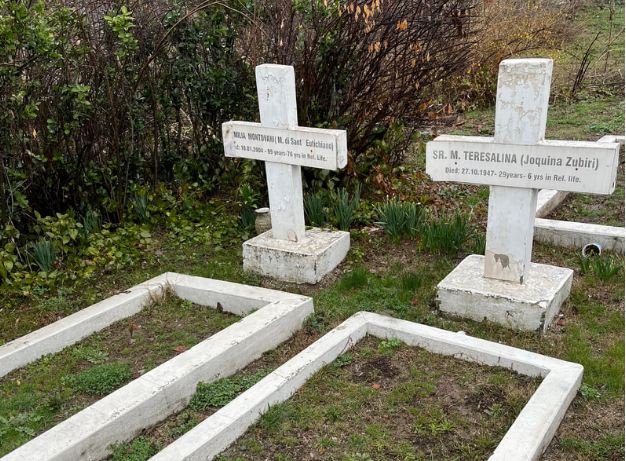
T

